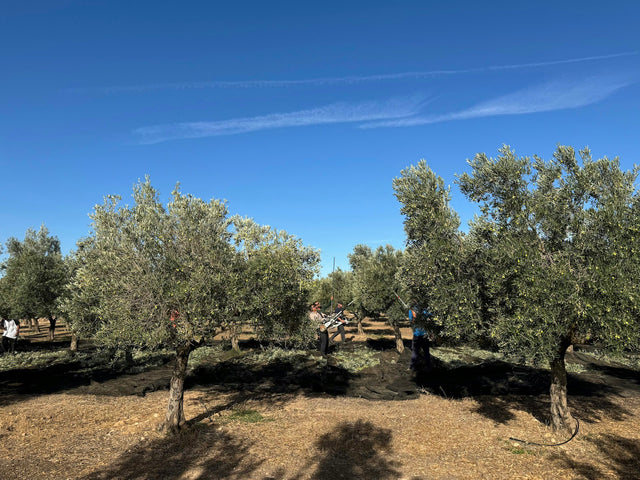
A Helpful Guide to Olive Oil Acidity
When it comes to olive oil, "acidity," might sound better suited to a science lab than your kitchen. But don't worry, this kind of acidity isn't about making your mouth pucker. Olive oil acidity is an oil characteristic that can be used to test quality, flavor, and the olives that went into the oil. Let's break it down so you can pull out olive oil acidity facts at your next dinner party!
What Does Acidity Mean in Olive Oil?
In olive oil, acidity doesn't refer to taste but to chemistry–specifically, the percentage of free fatty acids (FFAs) in the oil. FFAs form when the fat molecules in the oil start breaking down, which can happen due to poor olive handling, overripe fruit, or sloppy processing. The lower the acidity, the better the oil's quality.
The Liquid Gold Standard
To earn the coveted "extra virgin" title, an olive oil must have an acidity level below 0.8%. Think of it like a purity test: lower acidity means the olives were harvested and pressed with the utmost care, delivering a fresher, higher-quality oil.
Does Acidity Affect Flavor?
Not directly! You won't taste acidity in olive oil the way you do a lemon. However, oils with lower acidity levels tend to taste fresher and more vibrant because they're made from well-treated olives. High-acidity oils, on the other hand, can come across as flat or stale.
How to Spot Low-Acidity Olive Oil
Here's the catch: most olive oil bottles won't list acidity levels unless you're buying directly from a producer or supplier. To increase your odds of snagging a low-acidity oil:
Stick to Extra Virgin: It's the easiest to guarantee for quality.
Look for Harvest Dates: Fresher oils are less likely to have high acidity.
Trust Your Taste Buds: A good oil will have a clean, fruity, or peppery taste, not a greasy or musty vibe.
Why Should You Care About Acidity?
Low-acidity olive oils aren't just tastier–they're healthier too! High FFAs can degrade the oil's antioxidants and healthy compounds, which means you're missing out on all the heart healthy benefits EVOO has to offer.
It's important to note, that while acidity is important, it's not the whole story. Other factors, like the olive variety, region, and processing methods, also play a huge role in flavor and quality. So don't just obsess over acidity, use it as a clue to help you choose better oil.
The Bottom Line
When it comes to olive oil, acidity is your behind-the-scenes hero, ensuring you're getting fresh, high-quality liquid gold. Stick to extra virgin, pay attention to harvest date, and trust your palate to guide you to the good stuff.
Life's too short for bad bland olive oil!

















